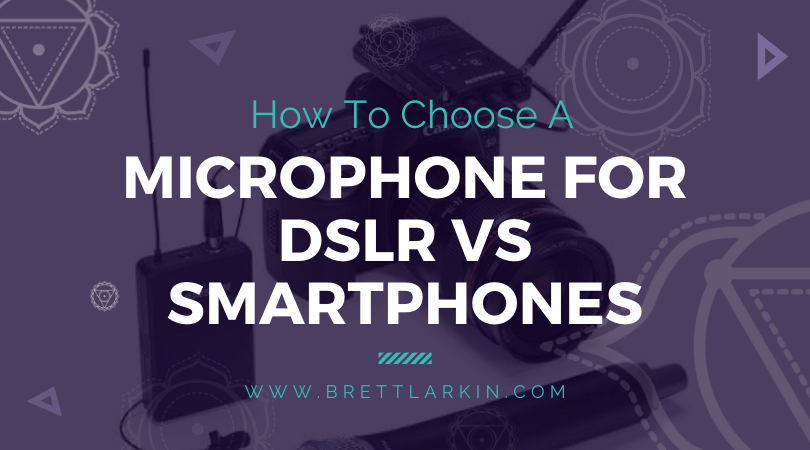
Let’s face it – the built-in microphone for your DSLR camera or smartphone is likely *light years* away from matching the quality of the video. On-camera microphones are prone to handling noise (sounds passed through the microphone from touching or moving the camera), clipping from jumps in volume, and just general ‘thin-ness’ compared to using a dedicated mic and recording device.
When photographers get started, moving the flash ‘off the camera’ and using a separate, dedicated light source is one of the first pro steps they can take.
It’s time for you to take the same step, but this time with your audio.
Why Do You Need an External Microphone for Your DSLR or Smartphone?
On-camera microphones are usually quite limited in terms of size, which brings a huge trade-off in audio quality. An external microphone, however, can provide a huge improvement to your sound with very little effort.
Built-in microphones often have less ‘headroom’ than external mic options. Headroom is the ability to handle peaks, or jumps, in the sound that is higher than the average recorded audio.
Think of it as a safety area against distortion. Distortion is one of our enemies when capturing audio, it is usually heard as clipping, when a signal is overdriven, degrading the sound to the point where it is unintelligible. It is extremely hard to fix once recorded and can lead to disengaged viewers.
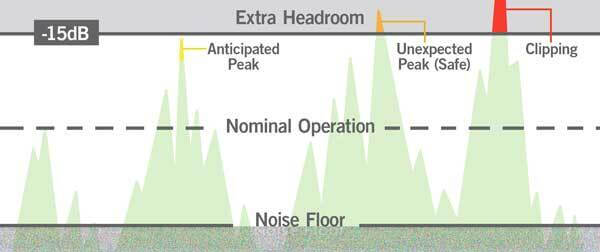
Because of the limited space that built-in microphones have, the element is often extremely small and most importantly of a lesser grade. They can exhibit a lot of background noise and poor tonality therefore the quality of the audio is often poor. With an external microphone, you can capture the entire spectrum of sound, low to high frequencies, along with the softest to the loudest volumes.
DSLR camera mics are notorious for giving you a harsh ‘clipping’ noise when the sound gets too loud. Since there isn’t a lot of headroom to work with, the ‘too loud’ ceiling gets lower and lower with even reasonable volumes. Smartphones generally can handle louder sounds (they are built to withstand you yelling into them from inches away!) but also often fall short when comparing the audio quality to the great video you can get.
Key Takeaway: Using an external microphone allows you to pick up a wider range of sound, allowing you to fill in all of the gaps that built-in microphones leave. This gives you a better and smoother audio file to pair with your videos.
How to Choose A Microphone for Your Recording Device
The best way to get ‘off-camera’ when recording video is to make use of wireless microphones. This not only improves the quality of the sound, but it also frees your camera from having to be a certain distance from the subject and allows you to get creative with your angles, lenses, and light.
This can be even more important with a smartphone, as having a wired microphone connected can be very awkward and make the phone difficult to place to get a great shot (especially when you want to record yourself for YouTube). Regardless of the wired/wireless nature of your mic, you’ve got 4 basic choices to pick from when deciding on an ‘off-camera’ mic.
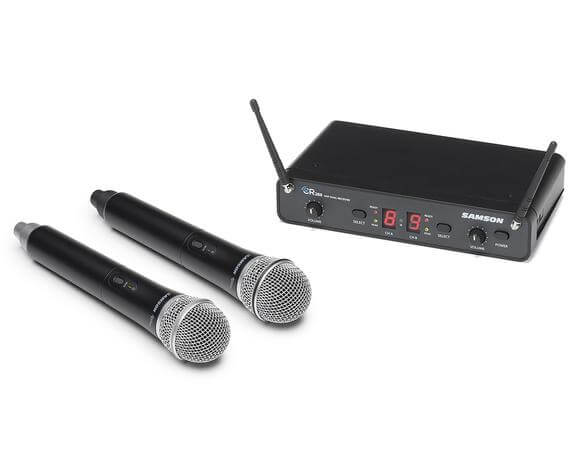
» 1. If you use a standard handheld microphone, you’ll get durability and the versatility to use it with a live PA system easily. You can also get right up on your subject with a handheld, so a lot of the background noise will be rejected.
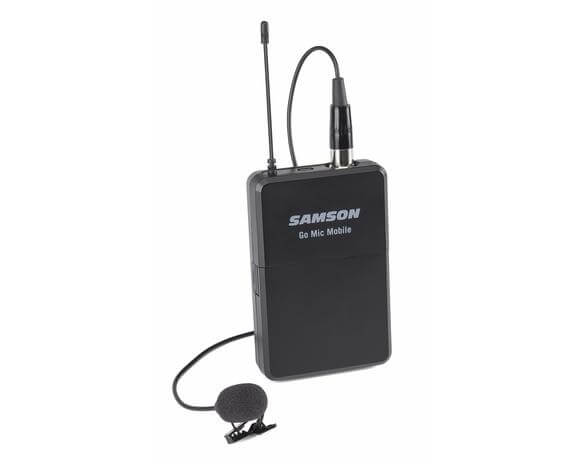
» 2. A lavalier microphone attaches to your subject’s clothing. This allows you to discreetly mic someone, although the sound may not be as robust as using a microphone with a larger capsule. Once again, you usually only pick up your subject and not much background noise due to the mic being ‘right on’ your sound source.
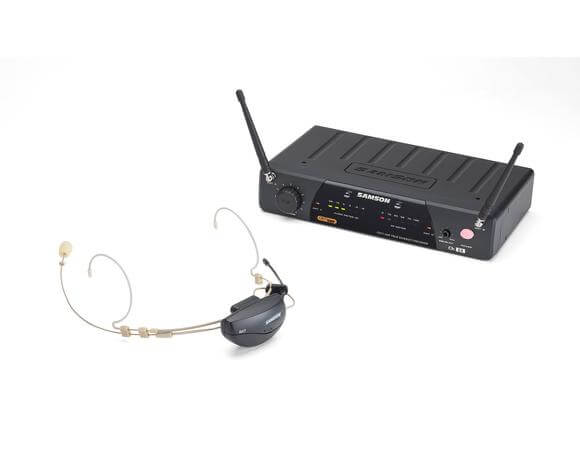
» 3. A headset microphone offers a hands-free experience like a lavalier, and typically has a more robust sound as it is placed directly in the signal path (just outside your subject’s mouth). This allows it to really isolate the dialogue and pick it up in a robust way. However, this method is definitely more visible than using a lavalier mic.
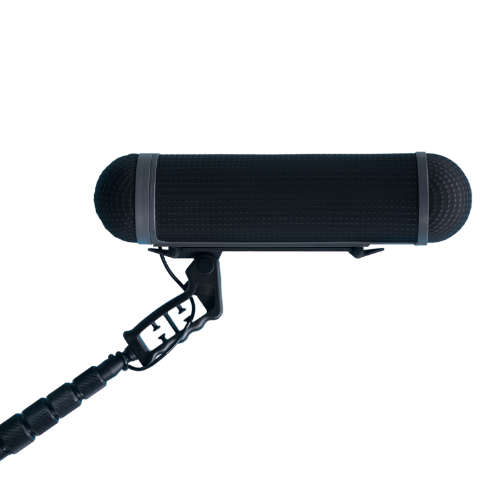
» 4. Finally, a shotgun microphone is a mic that you place a bit further from your subject, out of the video shot. You can pick up multiple people talking if they are close together, but be careful – you’ll also pick up any noise in the room (quite a bit more compared to a good headset or lavalier mic). You can get a very full and natural sound from a shotgun, but it definitely requires the ‘best of circumstances’ in order to be an effective tool.
When choosing a microphone for your DSLR or smartphone camera, it’s important to check the output jack size and compatibility with your device. There are many different types of microphones and not all of them will directly connect to your DSLR or smartphone.
To avoid any confusion, these are the best microphone options for either a DLSR camera or a smartphone.
Read more: Want The Best Microphone For YouTube? Here Are My Top Picks
Best Microphone for DSLR Cameras
With DSLR cameras, you are generally limited to a 3.5mm mini cable size. This is the same cable size that most consumer headphones use. If you purchase a microphone or any other kind of supporting equipment, then double-check that the cable size matches the size required for your camera.
As this jack can be a little sensitive, you’ll want to secure the cable or make sure your microphone is mounted in a way that the cable never gets brushed or touched.
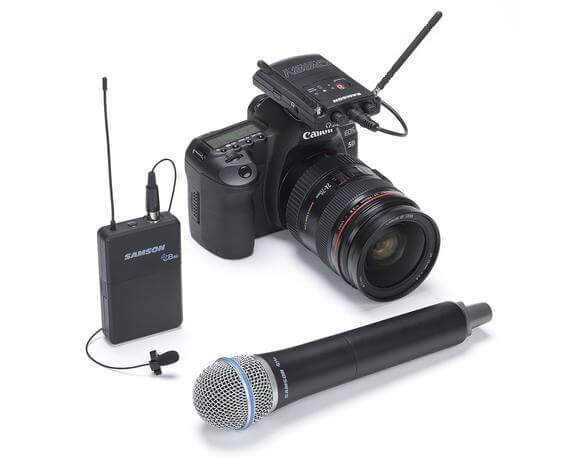
The Samson Concert 88 Camera Combo is a versatile wireless system with a receiver designed to mount directly to a camera. The camera accessory shoe mounting ensures that the 3.5mm mini cable stays ‘out of the way’, and you’ve got a choice of using a handheld or lavalier mic.
Best Microphone for Smartphone Cameras
Smartphones have generally ditched the 3.5mm headphone jack, so when using a microphone you’ll have to use one that is specifically compatible with your smartphone or use an audio interface. Many microphones can connect directly to iOS devices like an iPhone, or to USB ports like an Android device has. Some even come with cables to connect to both!
With a smartphone, you have the option of a direct digital connection to your device. This is great because it reduces the chance for noise and interference, but then you’ve got to put in a bit of work to make sure the mic is compatible with your device.
You’ll have to make sure that the microphone connects to the same kind of ‘port’ that your smartphone offers. As mentioned earlier, many modern smartphones do not use a headphone jack. So in most cases, we will be looking at the charging port on the phone.
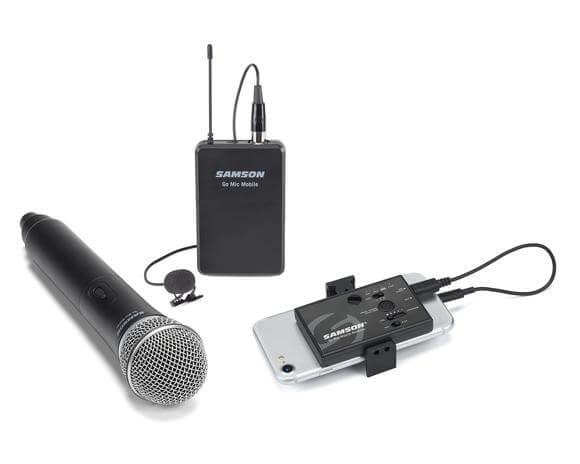
The Go Mic Mobile is a great wireless solution that comes with the cables you need to connect it to iOS and Android devices or even directly to a computer or field recorder. This system is available with lavalier or handheld microphone transmitters, and the receiver mounts directly to the back of your mobile device.
It also includes a 3.5mm output and can be mounted to a DSLR camera via an included shoe mount, so if you want something that pulls ‘double duty’, then it’s a great choice!
Best Non-Wireless Mics for Recording Videos
If you don’t want to go wireless, then you can pick up a wired shotgun mic. A shotgun mic can attach to the accessory shoe on your DLSR and plugs in with a 3.5mm cable. This will place the mic a bit farther from your shooting subject as the mic is on your camera instead of in the hands (or on the body) of your subject. For this reason, you’ll want to make sure you have an extremely quiet place to shoot with minimal background noise.
Read more: 6 Tips To Create An Inviting Home Video Studio On A Budget
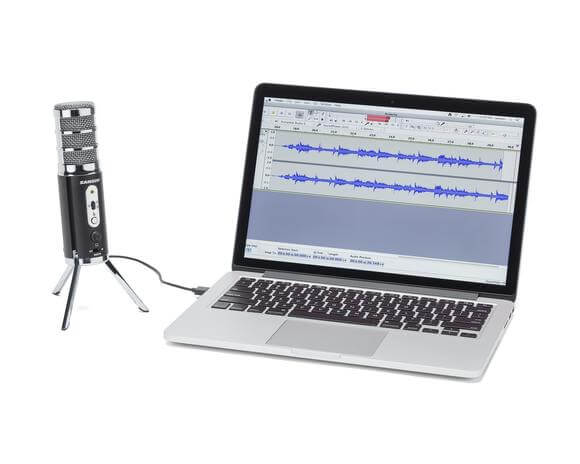
If you’re looking to simply add a mic that is a step up from the one built into your smartphone but you don’t want to go wireless, the Samson Satellite is a great choice. It can plug directly into an iOS device via a Lightning cable or USB cable for computer and Android devices.
Important Note: If you’re going to use an Android device (or a newer iPad Pro) you’ll want to pick up a USB-Micro to USB-C cable to make it work.
Don’t Settle for Static
Whichever mic you choose, it’s likely going to be a huge step up from the built-in microphone on your camera. Remember, good content has clear and intelligible sound. Viewers usually jump ship from a video very quickly if they can’t hear or understand what’s going on in the video. An external microphone is the single easiest way to improve the overall quality of your videos without spending a lot of cash.
ABOUT THE AUTHOR | Matt Vanacoro
Matt Vanacoro is an educator in Westchester, NY. He has been teaching music technology for over 20 years and is a lead trainer at macProVideo.com. Matt is also a contributing author at Ask.Audio with a specialty on tutorials and education. Matt has presented at NYSSMA, WCALA and NAMM workshops at the state and national level. He focuses on using technology as a formative assessment tool as well as finding technological solutions to help students grow.








